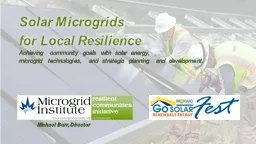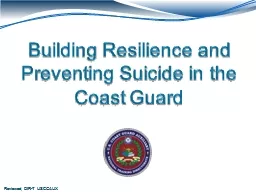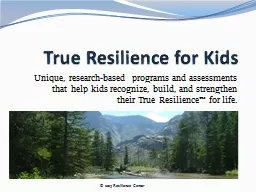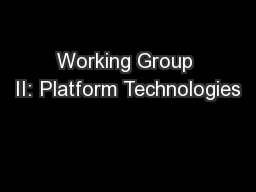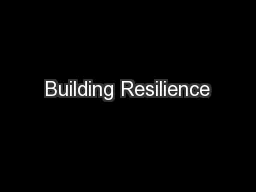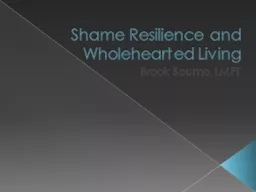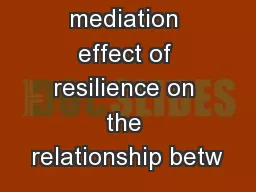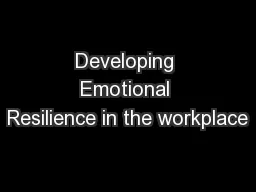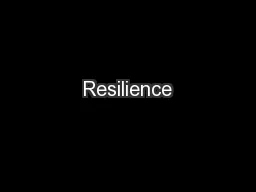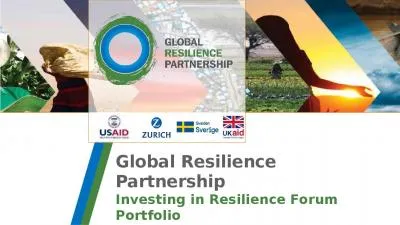PPT-Solar Microgrids for Local Resilience
Author : celsa-spraggs | Published Date : 2018-11-02
Achieving community goals with solar energy microgrid technologies and strategic planning and development Michael Burr Director What is Microgrid Institute Microgrid
Presentation Embed Code
Download Presentation
Download Presentation The PPT/PDF document "Solar Microgrids for Local Resilience" is the property of its rightful owner. Permission is granted to download and print the materials on this website for personal, non-commercial use only, and to display it on your personal computer provided you do not modify the materials and that you retain all copyright notices contained in the materials. By downloading content from our website, you accept the terms of this agreement.
Solar Microgrids for Local Resilience: Transcript
Download Rules Of Document
"Solar Microgrids for Local Resilience"The content belongs to its owner. You may download and print it for personal use, without modification, and keep all copyright notices. By downloading, you agree to these terms.
Related Documents

